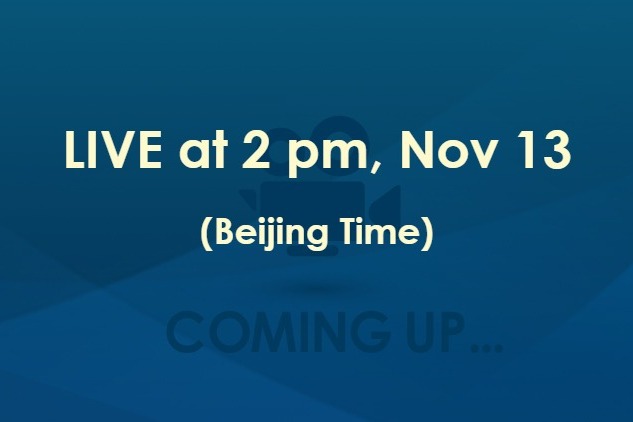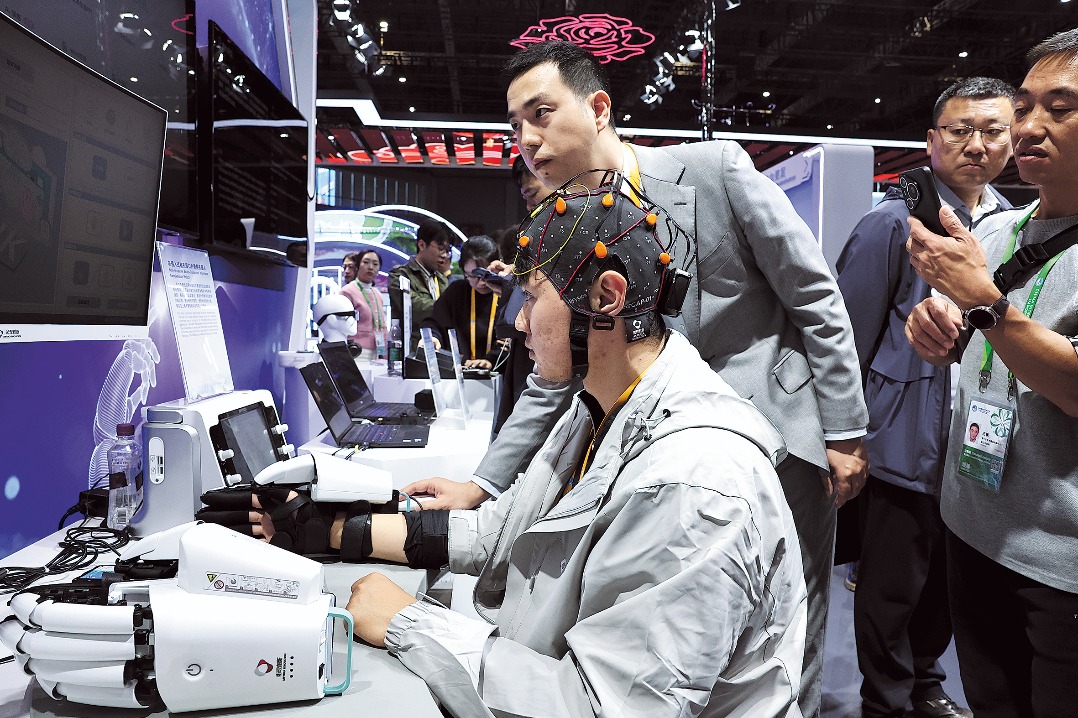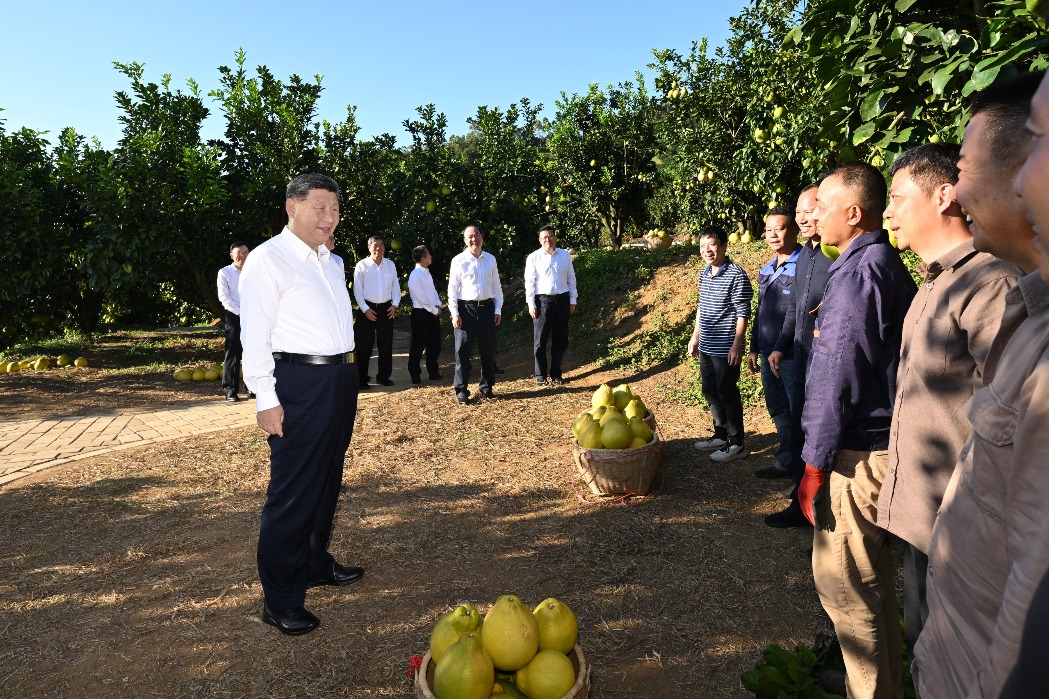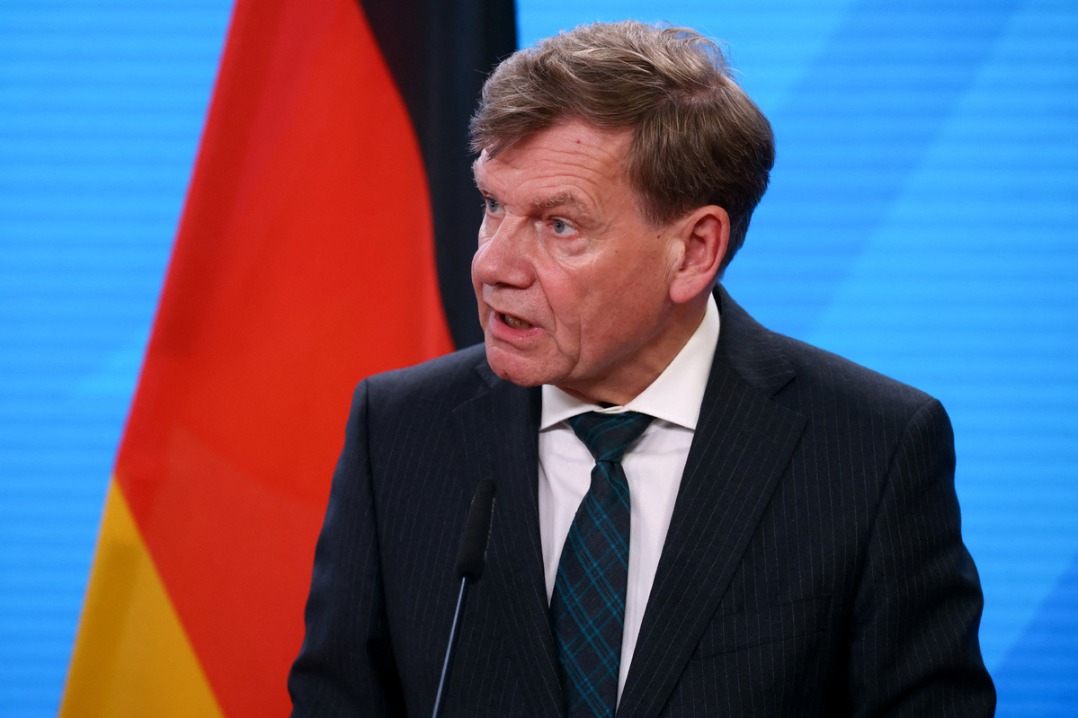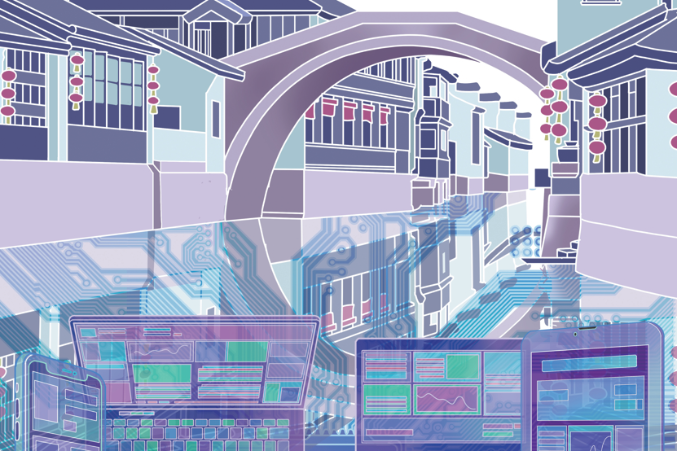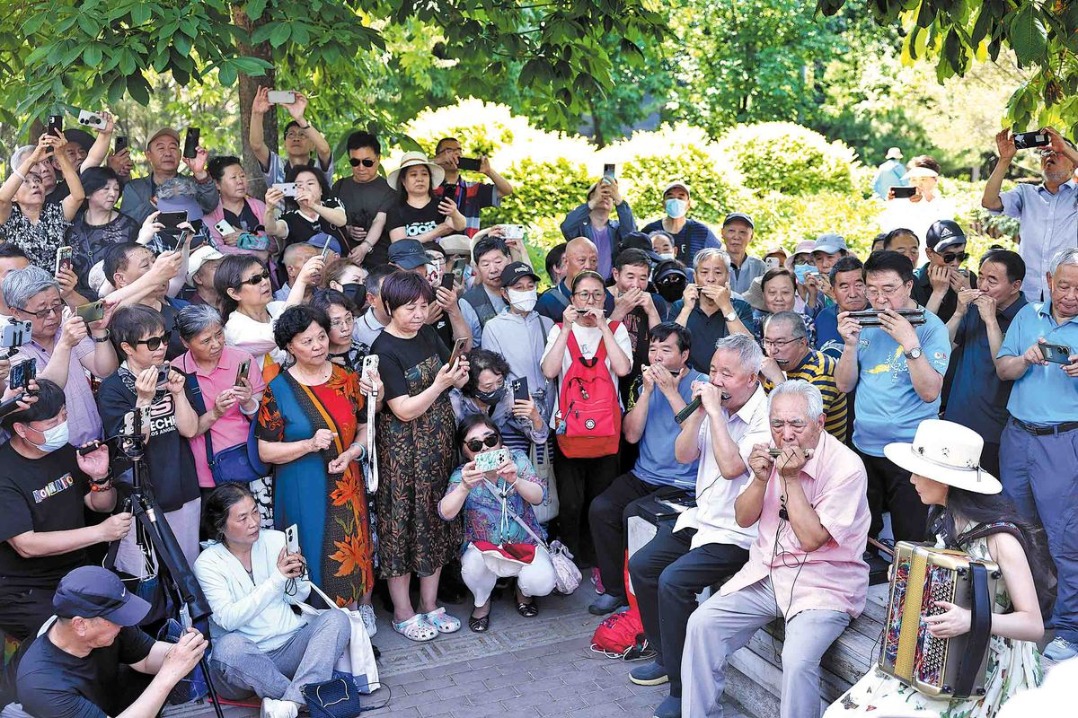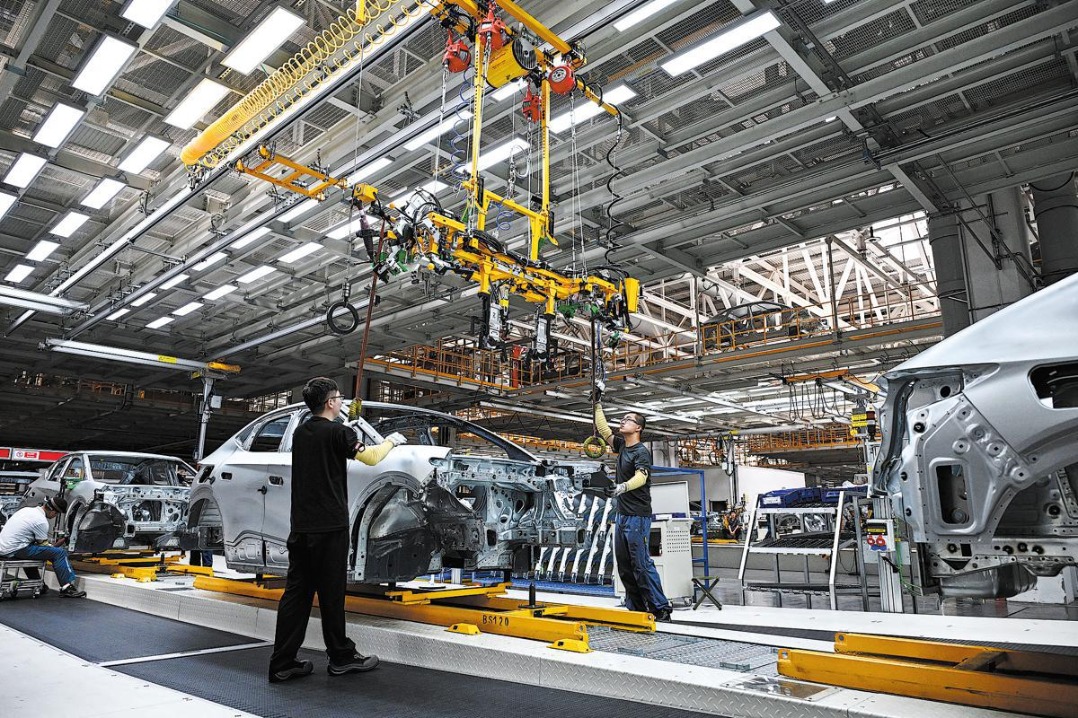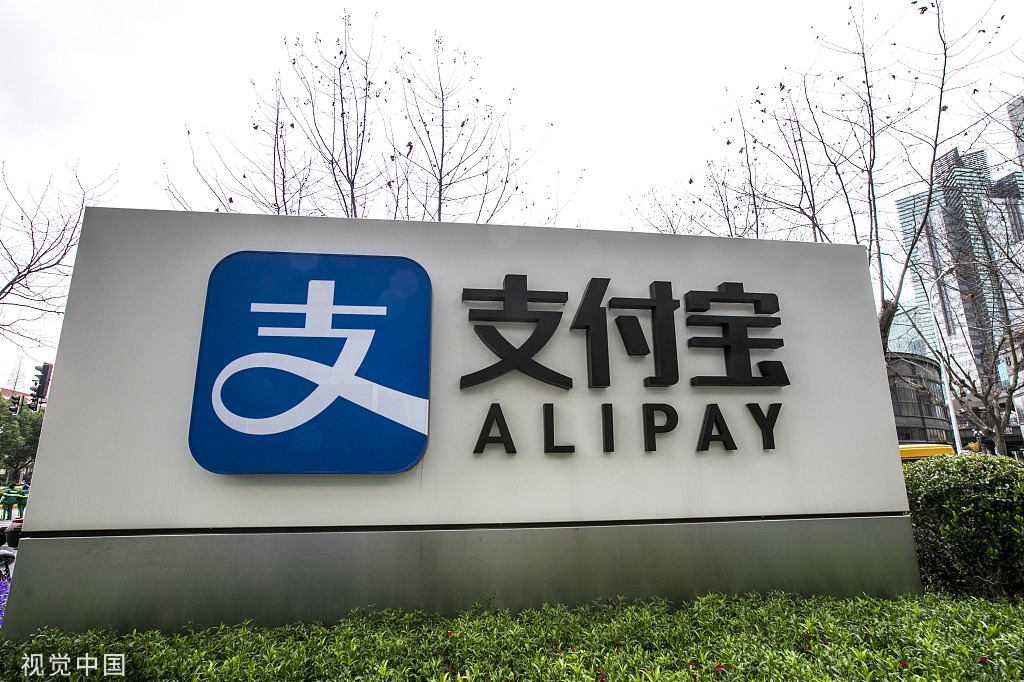Tariff cuts on imported drugs show pricing system needs reforming


CHINA EXEMPTED TARIFFS on 28 categories of imported medicines, including some common anti-cancer drugs, on May 1. But the retail prices of these medicines have remained unchanged till now. Beijing News comments:
It is disappointing that the zero-tariff policy that has been implemented for nearly one and a half months has not yet brought any tangible benefits to patients.
After China cut tariffs on imported cars last month, the retail prices of some imported vehicles came down almost simultaneously. So people have enough reasons to ask why the retail prices of imported medicines have not yet changed.
It is because the imported vehicles' prices are mainly decided by the market, but medicine prices are fixed by the government according to relevant laws and regulations.
Also the prices of medicines are not decided by one department, but based on the negotiations of different departments, such as the National Health Commission, the National Development and Reform Commission, the Ministry of Civil Affairs, as well as the government's bargaining with the pharmaceutical companies, or else determined by purchase bidding.
The complicated procedure means it usually takes several months to adjust the prices of medicines.
Also imported medicines are sold by agents or branches of foreign pharmaceutical companies in China according to the price approved by the authorities. So the adjustment of a medicine's retail price entails negotiations among all the relevant parties.
Some multinational pharmaceutical companies have a strong say in pricing, particularly in the fields they dominate, while, in contrast, the vehicle market is more competitive. Therefore, it is unrealistic to expect a swift reduction in the retail price of medicine after the tax adjustment.
China should reform its medicine pricing policies and streamline the pricing mechanism. And in the negotiations with foreign pharmaceutical companies, we can learn from the practice of other countries and make use of policy options such as compulsory licensing and parallel importation.
















